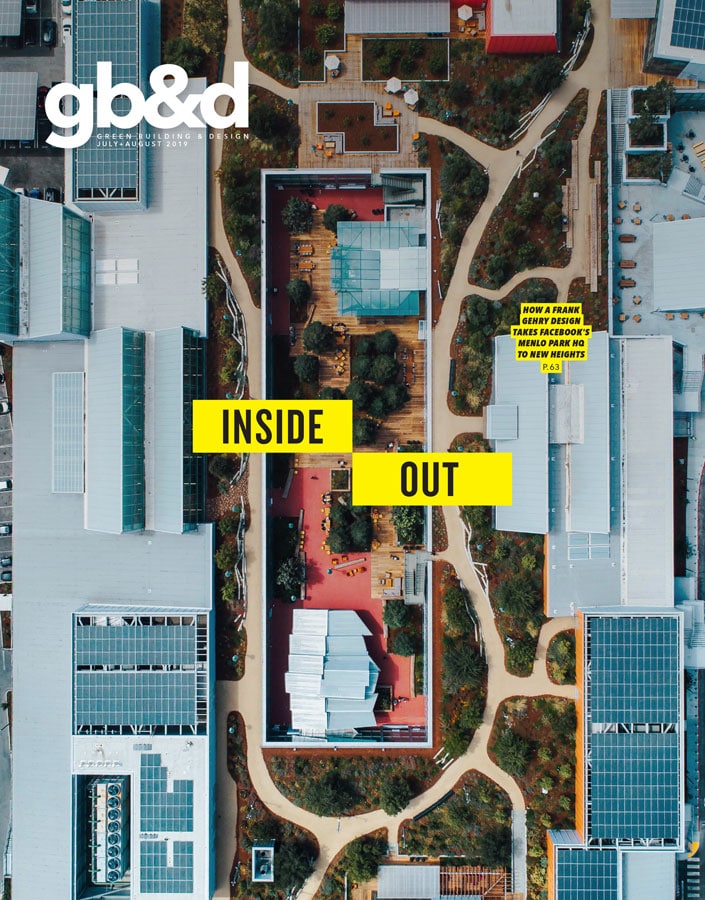
Newforma lets you reduce project risks by tracking the order of every last detail of projects, including this one at a five-star hotel in Australia. [Photo: Courtesy of Newforma]

With dozens of people and companies involved in any given project, from designers to engineers to contractors, risk and data leakage may seem inevitable. After all, people make mistakes. But by focusing on streamlined project information management, one software company has found a way to reduce risk without escalating burden. Aaron Kivett, a solutions consultant at Newforma, discusses the ways you can keep your information secure and your liability well-managed by utilizing project information software that maintains and preserves complete project audit trails. With automated information backup, you can be sure you’ll have answers to your questions if your company is pulled into a conflict.
Before diving into the specific tasks responding to risk management, it’s important to remember the best way to reduce risk is to improve workflows and access to information. By providing normalized, repeatable processes, you’re reducing your company’s risk.
Staff should have an easy way to file emails and create complete records of decisions made on a project. Newforma has found a way to do that almost automatically—by indexing project-related emails and relating them back to project files and previous correspondence.
Newforma’s NIX Change Log

To reduce project risks, you can automatically track and audit actions and file transfers using Newforma’s auditing capabilities. [Photo: Courtesy of Newforma]
When one of our clients—a global design, architecture, and engineering firm—was facing legal issues over the color of an expensive light fixture on one of its projects, Newforma’s audit trail was able to help the company prove they had checked all the approval boxes as required. They could prove, because of how Newforma automatically logs and documents processes, they had sent the right specifications to the contractor, and the liability was no longer theirs to deal with.
Addressing data leakage is also important. This issue has evolved: Ten years ago massive email attachments were the big tech issue—if files were too big, companies would put them on FTP sites, but FTP sites aren’t secure, and they’re slow. Now people use programs like Dropbox that eliminate the problem of large files but create new issues.

Improving workflows and access to information can help reduce project risks. [Photo: Courtesy of Newforma]
Companies don’t have control over personal Dropbox accounts, so there’s no way to audit what’s being shared—and no record of upload. OneDrive, Google Drive—there’s so many platforms it’s almost hard to keep track of them all. Newforma addresses this problem by developing a uniform, transferable way to share files on all projects with no additional cost to our customers’ partners. We do this to provide data-share auditing capability. When documents are downloaded, we keep that log and create an audit trail that our clients can refer to when there is an issue.
The building’s initial occupancy period is often challenging, as occupants learn to adjust to new surroundings with features that may also be new to them. Building operators may be learning to work with complicated systems. Owners should consider having the project design team host workshops to educate about green features. Providing a building user’s guide is also a good idea, as is including a dashboard system to monitor and track energy consumption, including lighting, power, heating, and cooling to provide feedback to occupants.

